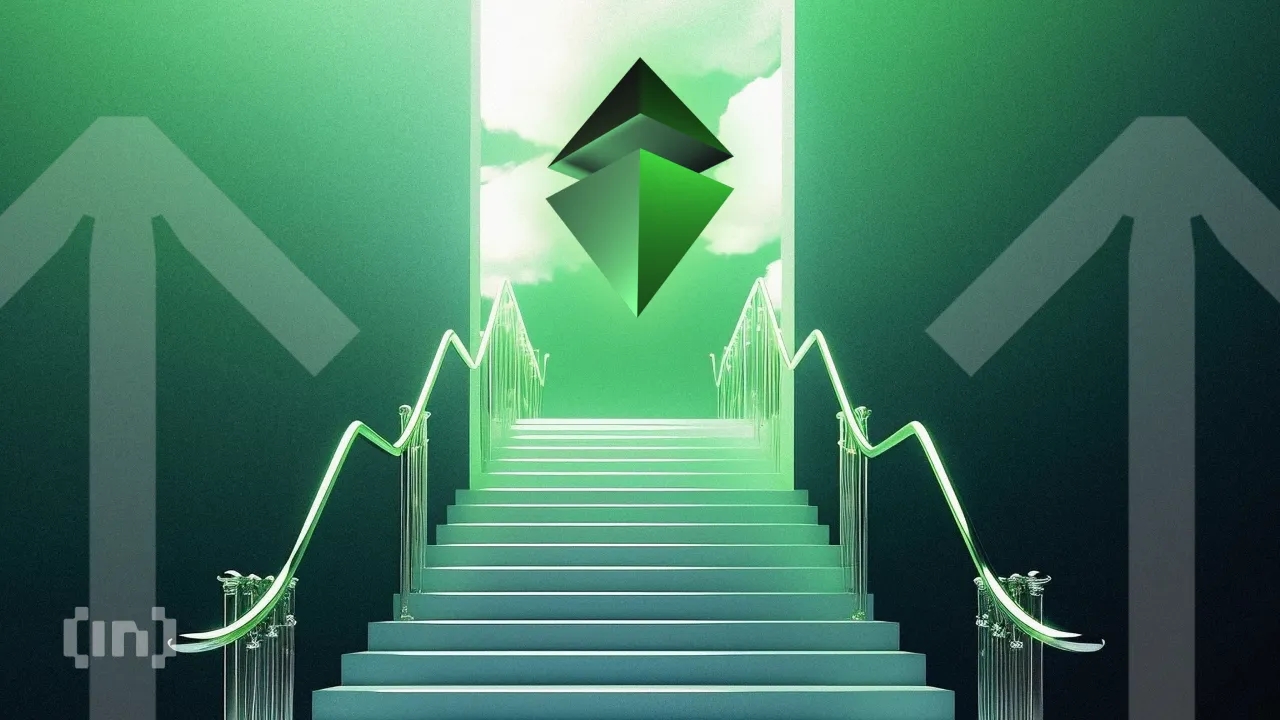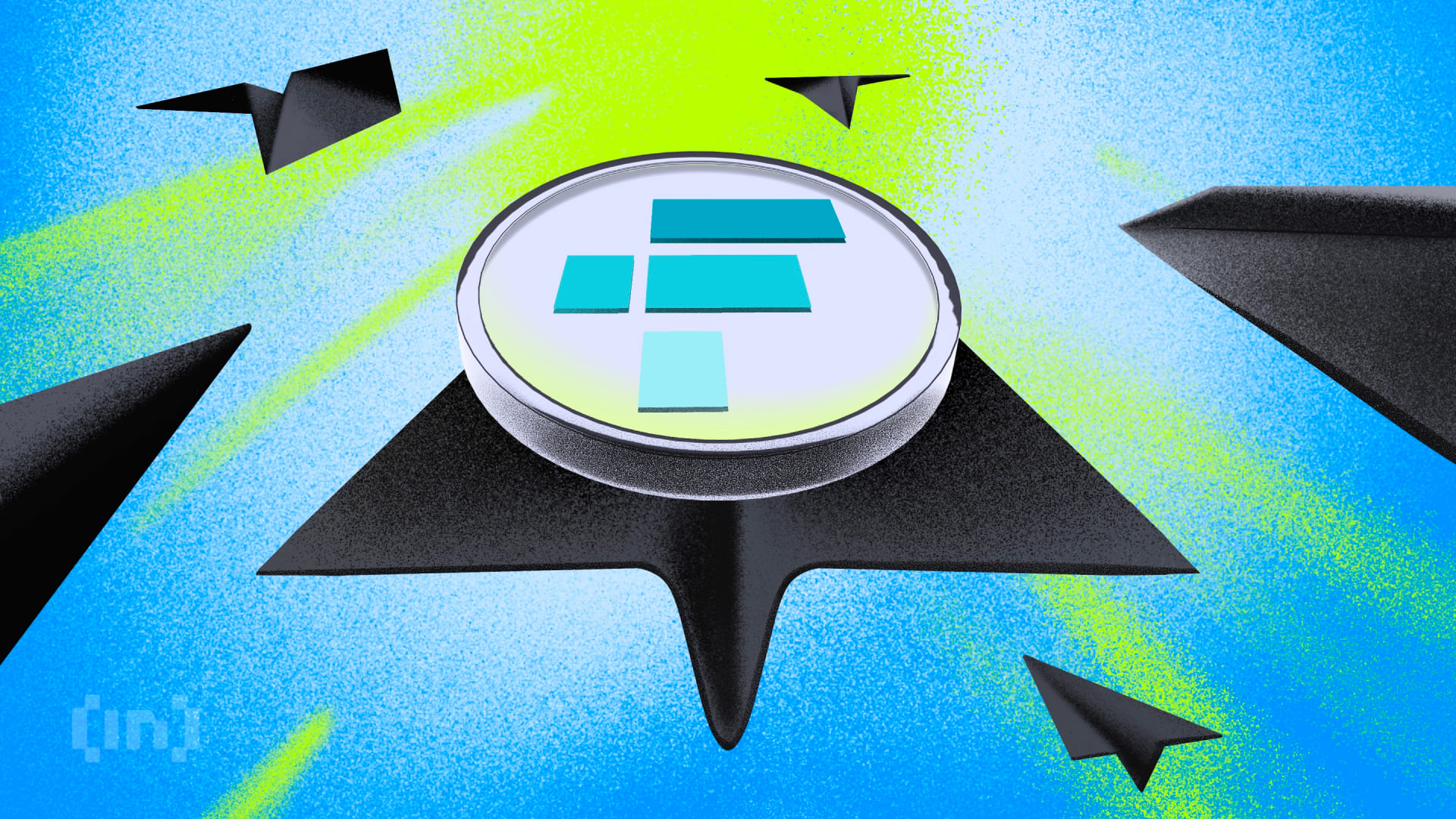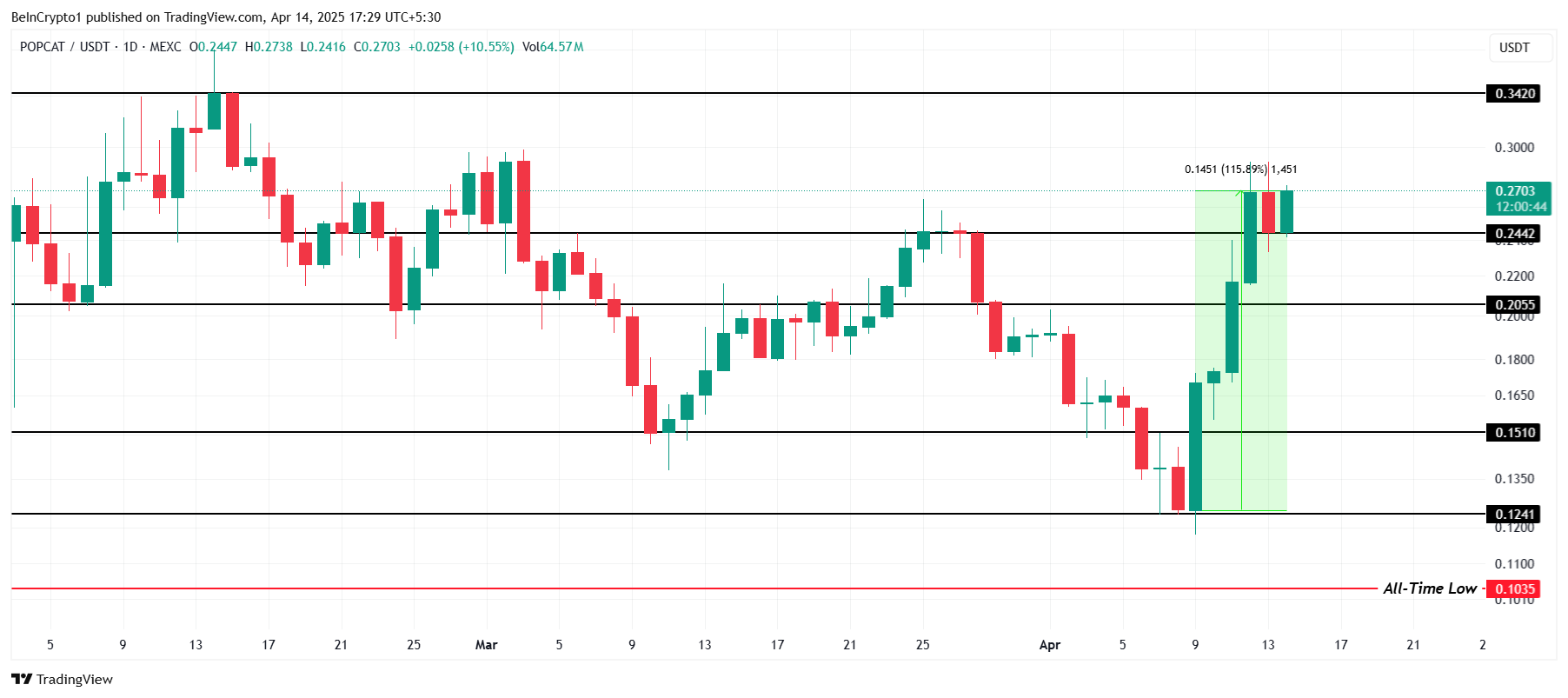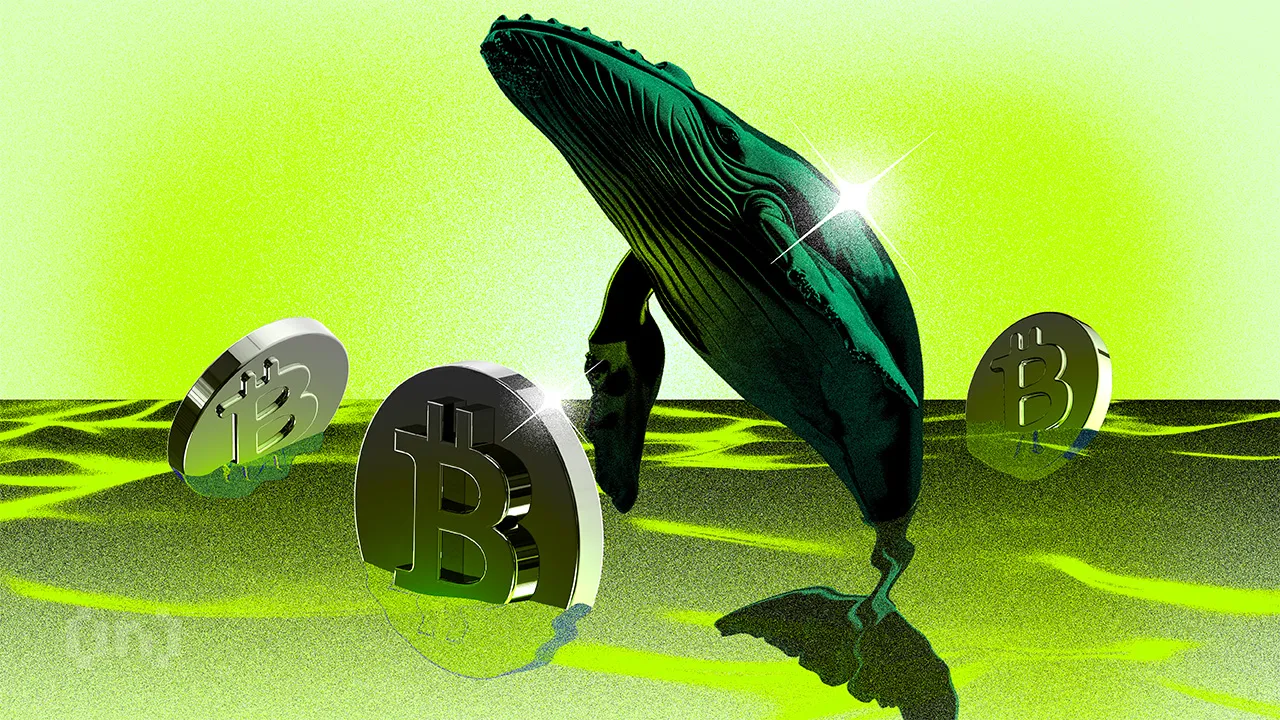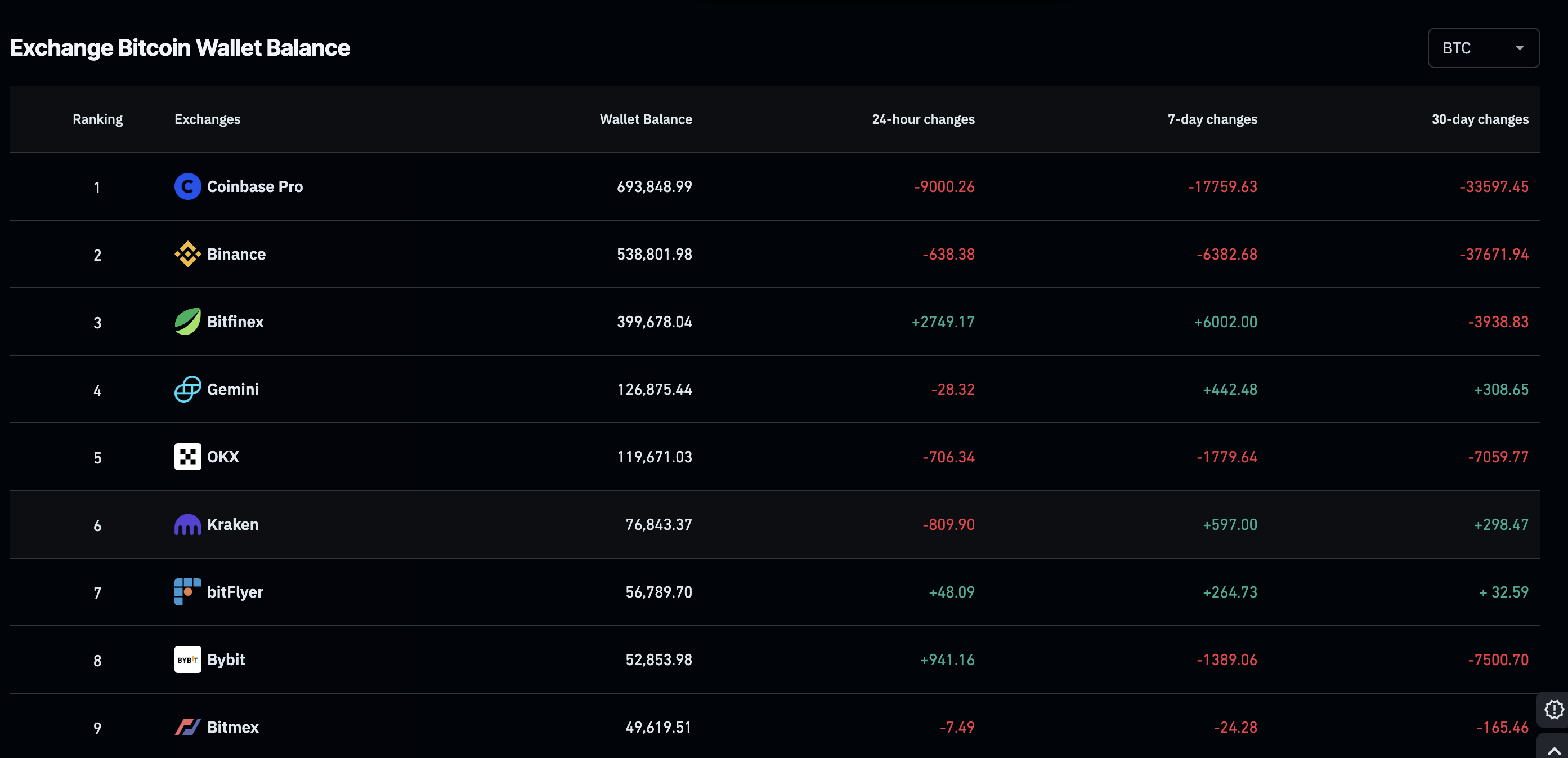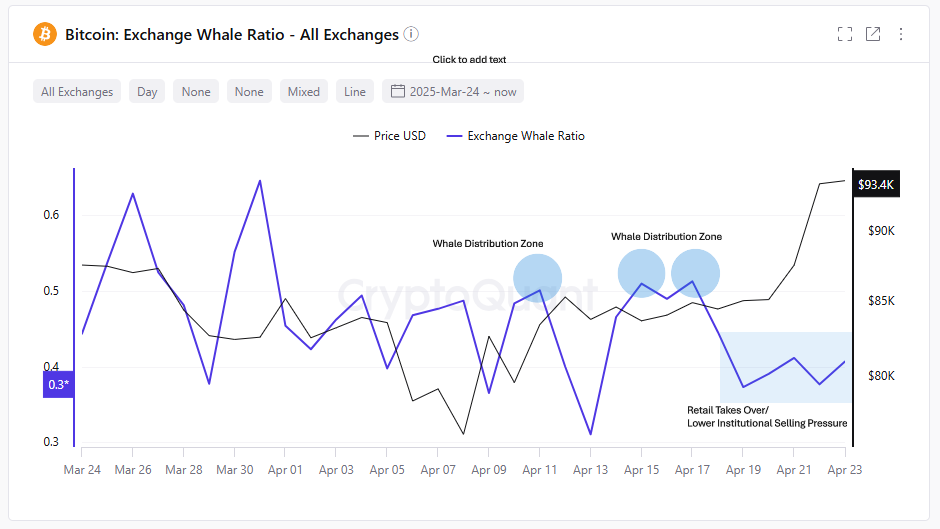Ethereum, the world’s leading blockchain platform, will deploy the Pectra upgrade on its mainnet, scheduled for rollout on May 7, 2025.
The Pectra upgrade enhances the network’s performance and scalability and introduces groundbreaking features, particularly with EIP-7702, making Ethereum more user-friendly and secure.
Ethereum Pectra Upgrade Timeline Confirmed
Tim Beiko, a key figure in Ethereum’s development team, announced on X that the Pectra upgrade will officially launch on the mainnet on May 7, 2025, at epoch 364032. Initially planned for April 30, the upgrade was delayed due to technical issues on the testnet.
This cautious approach shows Ethereum’s commitment to stability and security, ensuring seamless network operation post-upgrade. Coinbase has also begun preparations to support the upgrade, ensuring necessary updates are implemented promptly after Pectra’s launch.
Pectra is Ethereum’s most significant upgrade, incorporating 11 Ethereum Improvement Proposals (EIPs). It builds on major upgrades like Dencun (March 2024), focusing on improving Layer 2 (L2) scalability, optimizing validator experiences, and enhancing user-friendliness.
These changes solidify Ethereum’s leadership while laying the groundwork for decentralized applications (dApps) to thrive.
Tim Beiko: Key Highlights of the Pectra Upgrade
Tim Beiko tweeted an overview of the upcoming Pectra update, with some notable highlights. One of Pectra’s standout features is EIP-7702, which extends standard Ethereum accounts (EOAs) with smart contract functionality.
“EIP-7702 enables use cases like transaction batching, gas sponsorship, or social recovery, all without migrating your assets” Tim tweeted.
Pectra also introduces several improvements for validators. Validators can increase their effective balance up to 2048 ETH, allowing them to accrue staking rewards directly without creating additional validators. Large validators can consolidate balances, reducing bandwidth strain on the P2P network.
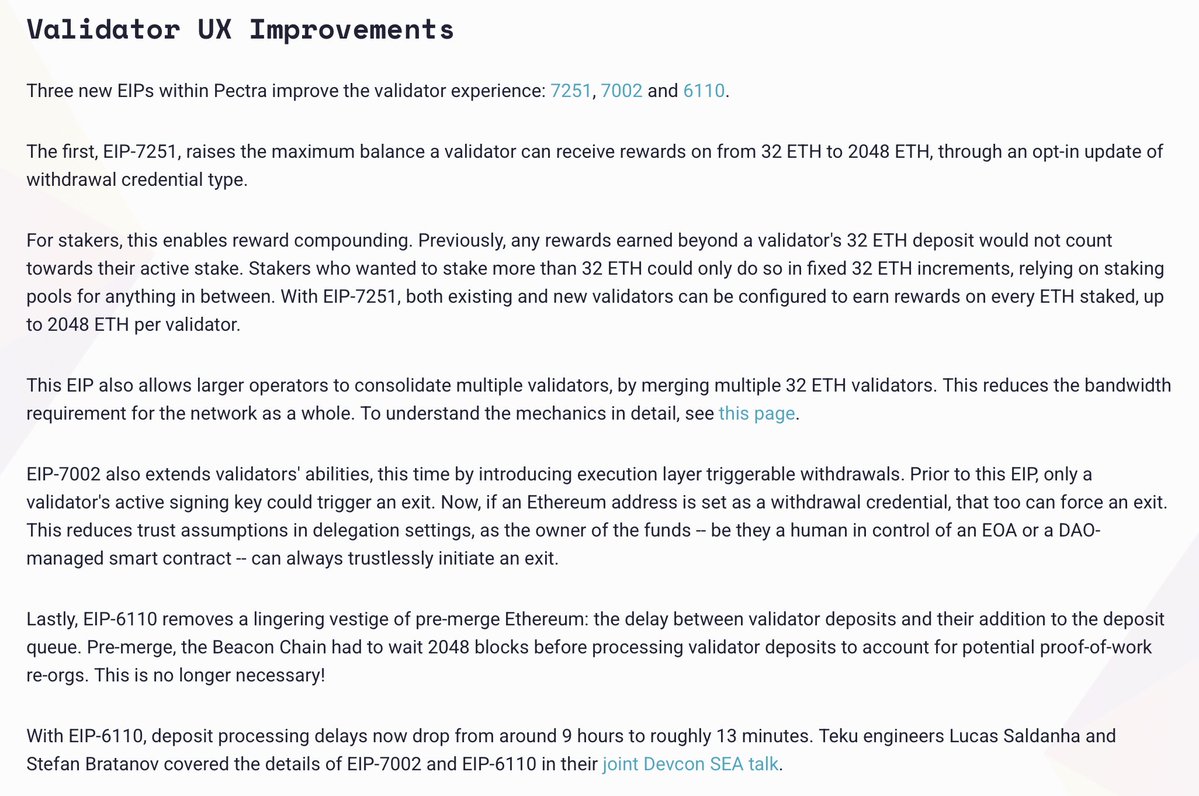
“It also removes the pre-merge PoW follow distance, shortening the delay to process validator deposits, and introduces execution-layer triggerable withdrawals, which enable more trustless staking constructions.” Tim shared.
The Pectra upgrade will double the average number of blobs per block, from 3 to 6. This increase will enable L2 solutions to scale faster, meeting growing market demands. It’s a critical step in Ethereum’s scalability roadmap, especially as L2 platforms like Arbitrum and Optimism continue to grow.
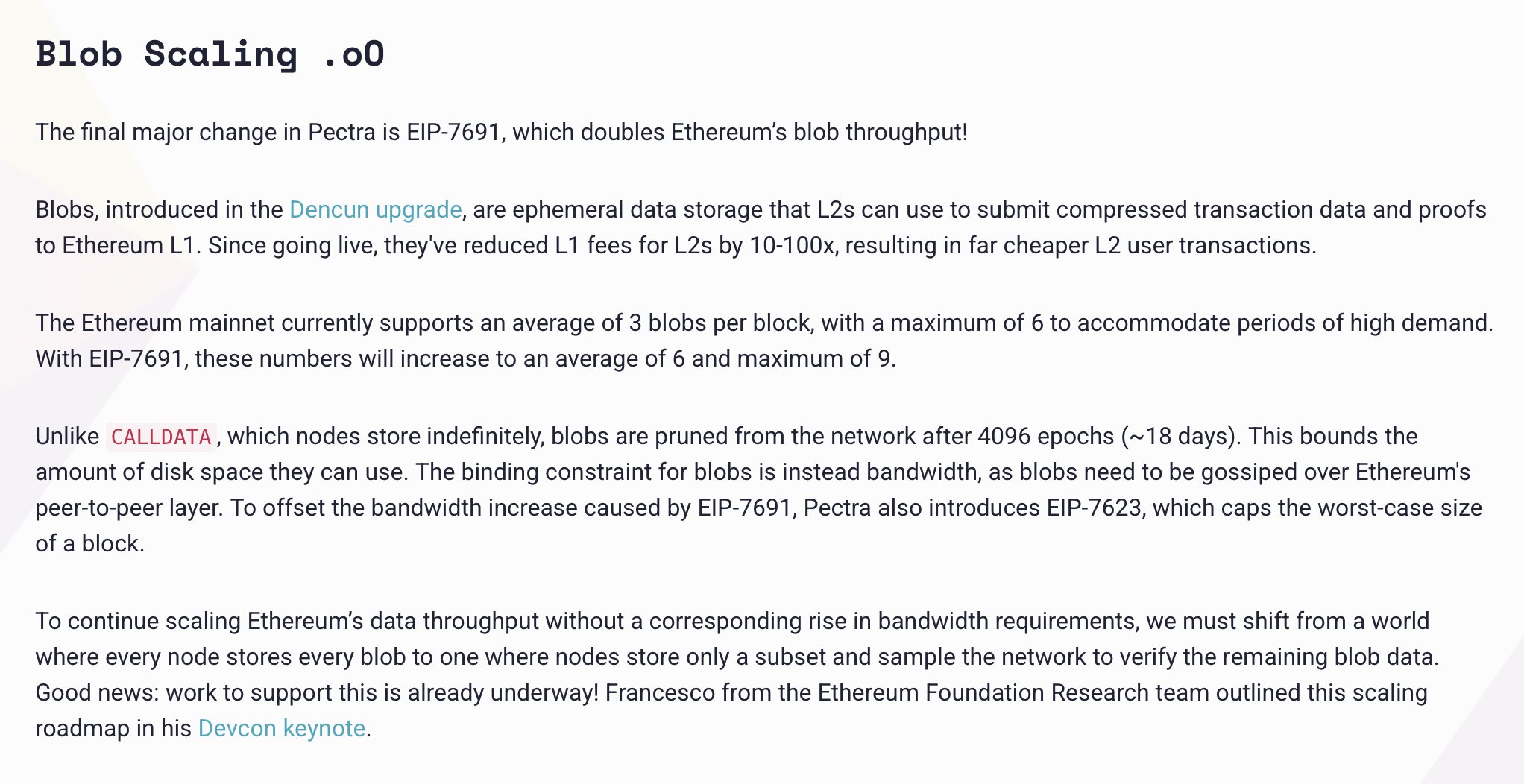
“Raising this limit was in part possible due to another EIP (7623), which bounds the worst-case block sizes on the network!’ Tim tweeted.
Significance for the Ethereum Ecosystem
Pectra is a strategic leap forward for Ethereum to maintain its dominance in the blockchain space. By increasing blob capacity and improving validator efficiency, Ethereum can handle more transactions per second, fostering dApp growth and attracting new users.
These changes will better position Ethereum to meet future demands while providing an infrastructure for developers.
The Pectra upgrade has garnered positive feedback from the Ethereum community. In Tim Beiko’s announcement, some X users expressed excitement. However, one user noted the need for better public education, stating, “Too bad 99% of people have no idea what that means.”
The post Tim Beiko Details Ethereum’s Pectra Upgrade: Smart Accounts and L2 Scaling Ahead appeared first on BeInCrypto.

